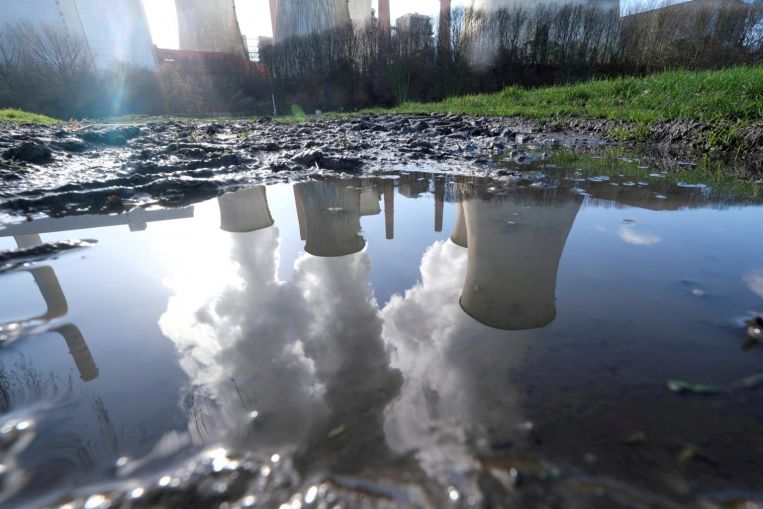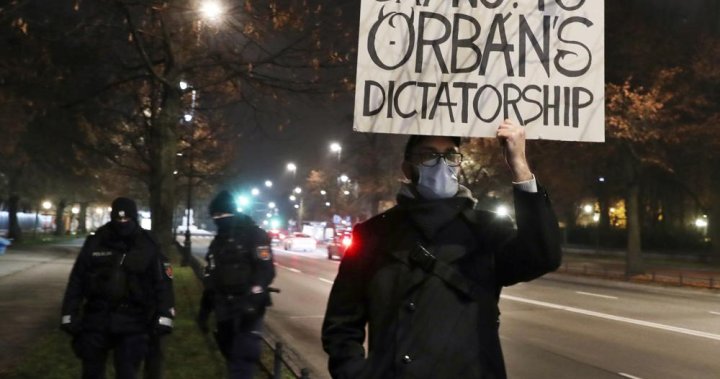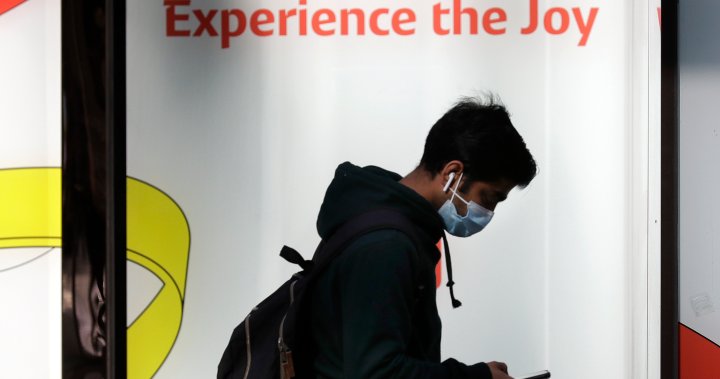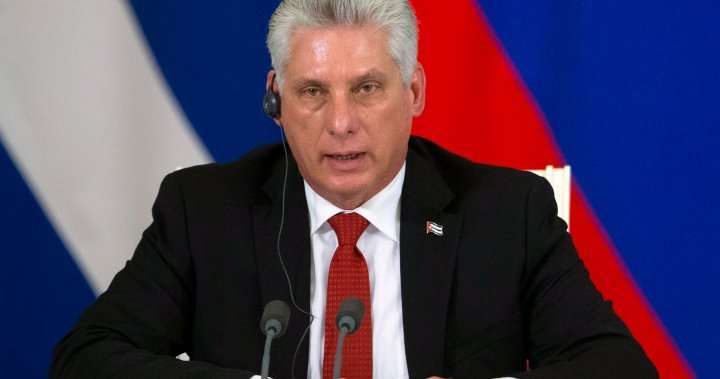BRUSSELS (REUTERS) – The European Union (EU) will on Wednesday (July 14) unveil its most ambitious plan yet to fight climate change, with a dozen policies setting out in unprecedented detail how to overhaul its 27 economies to become greener this decade.
The EU will publish hundreds of pages of proposed rules.
Member states and the European Parliament must then negotiate and approve each one.
The policies will tackle most big sources of planet-warming emissions, including power plants, cars, planes, factories and heating people’s homes. Taken together, they aim to cut the EU’s net greenhouse gas emissions by 55 per cent from 1990 levels by 2030 and steer it towards net zero emissions by 2050.
What is the EU doing and why?
Europe’s climate targets, if followed globally, would help to prevent catastrophic levels of climate change, which is already unleashing deadly heatwaves, stronger storms and wildfires around the world.
Most EU regulations were designed to meet old, less ambitious climate targets, so they need upgrading. EU renewable energy targets, the EU carbon market and car emission limits will all get revamped.
Other proposals are innovative. The EU wants to launch the world’s first “carbon border tariff”, requiring external manufacturers to pay CO2 costs when they sell goods, such as steel and cement, into the EU.
EU factories will need to make huge investments to reduce emissions, so the measure aims to make sure European firms can do that without being undercut by cheaper, polluting imports.
What will change, and how quickly?
The EU will propose tighter car CO2 limits, and is considering one option that would ban sales of new petrol and diesel cars in 2035.
That could make electric cars more affordable, as car makers extend their ranges to comply with the rules and governments subsidise the cost. The proposals would also oblige countries to install thousands more electric vehicle chargers on major roads.
Energy companies will be pushed to build more solar and wind farms this decade. Many coal power plants and mines will close, presenting a huge challenge for the local economies that rely on them.
EU funding will help companies and regions retrain workers, but national governments and the companies will also need to make big investments to manage this transition.
Will things cost more?
The EU policies follow a core principle that means polluting options should cost more and green options are cheaper.
Brussels will do this in three ways.
First, through carbon pricing. The EU Emissions Trading System, the world’s largest carbon market, obliges power plants and factories to buy permits when they emit CO2. Brussels wants to add shipping to that market and create a CO2 market for transport and heating buildings.
That could increase people’s heating bills, so the EU has promised to help low-income households pay for insulation or green heating systems, such as heat pumps. In the long run, renovated buildings should be cheaper to heat and cool.
Second, through taxes. Brussels wants to introduce EU-wide taxes for polluting aviation fuels. That could make flight tickets more expensive, if airlines pass on the costs to consumers.
Third, by making green options cheaper. Low-carbon fuels would get a tax holiday. The proposals would push factories to invest in low-carbon production technologies, which are expensive today but should become cheaper when scaled up.
What are EU citizens being asked to do?
Not much, yet. The EU policies aim to change what companies offer to consumers, to help them choose greener options – for example, buying an electric car.
But convincing people to change their individual habits could take longer. There are no proposals here to encourage people to eat less meat, which is emissions-intensive, for example.
Will it work?
Good question. The EU faces big political challenges to translate its targets into detailed policies.
Some EU countries are likely to oppose policies that would raise consumer costs, and some companies have begun lobbying against pollution curbs.
Even if the EU plan works, climate change won’t be addressed unless other big emitters adopt a similar stance.
The EU produces only 8 per cent of global emissions. China and the United States, the world’s two biggest emitters, have set net zero emission goals, but have yet to back them up with policies.
The EU hopes to blaze a trail that others can follow.






